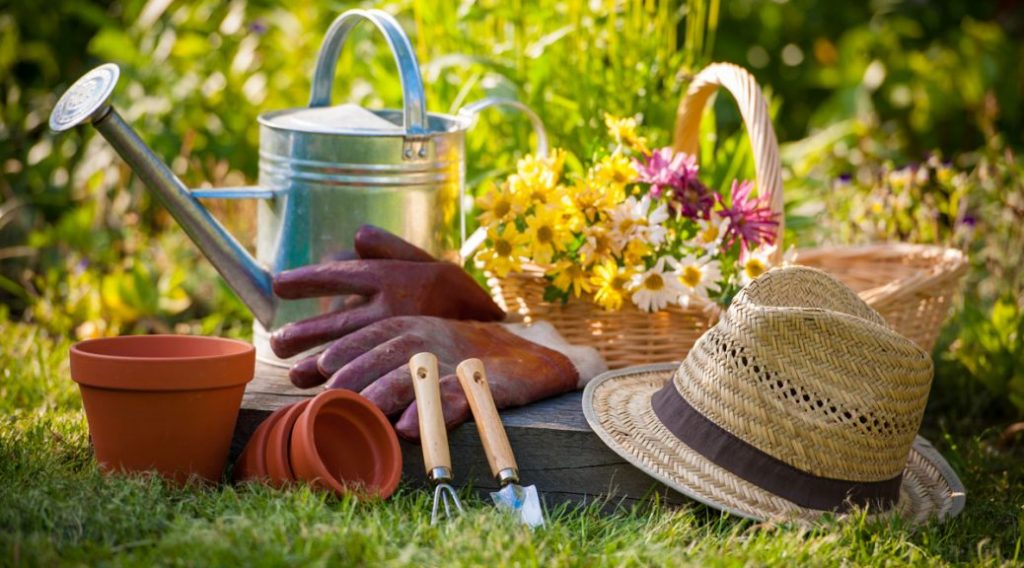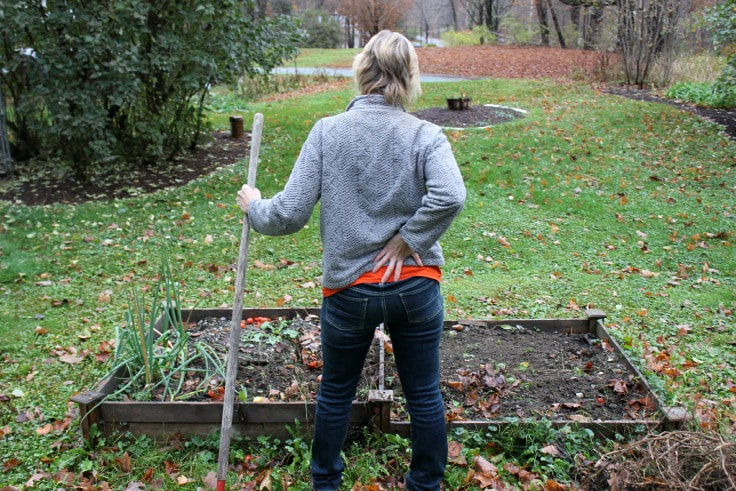

Top 10 Tips on how to avoid musculoskeletal gardening injuries!
The temperature is climbing, the sun is shining and we can’t wait to be outside but, before you leap back into gardening you may wish to consider the 10 points listed below as a precaution:
1) Warm up – having a brisk walk around the garden and doing some simple stretching exercises is good preparation for time in the garden
2) Build up gradually – we’ve all done it – there’s so much to do – the temptation is to hit it hard. The problem is that the musculoskeletal system takes time to adapt, particularly as you get older and this can be a common cause of injury. If you’re not used to it, start out by doing a little bit first of all – tackle a small area of the garden and see how you get on with a short period of physical activity each day. Gradually build up the time and intensity.
3) Vary the workload – chop and change whilst you’re in the garden. Apart from the physical demands of some tasks, it can get boring working on just one part of the garden. Scarifying the lawn is a workout so try interspersing this job with an easier task like weeding. This will help you avoid overuse injuries affecting hands, wrists and elbows most commonly.
4) Think about your position – some activities, particularly repetitive ones, can easily lead to injury if you don’t get your body posture or technique correct. In spring time, you are also using tools and equipment that you haven’t used for 6 months. Make sure you are comfortable doing the task – if not stop and re-adjust. You can also vary the jobs depending on whether they require you to sit, stand or bend – as your back is unlikely to tolerate endless amounts of heavy bending or lifting.
5) Listen to your body – remember that pain can be your body’s way of telling you to stop. If you start to feel any discomfort, give yourself a break. Pushing through the pain may seem like an admirable quality, but it will most likely just make things worse.
6) Don’t be afraid to ask for help – we can all picture the scene – you start digging out some old hedging and you need some extra strength to get the last bit out – but no one’s around. You can struggle on but the risk of injury is high. Why not leave it until someone can give you a hand (maybe after social distancing rules have been relaxed!)
7) Decide in advance what you’re going to do – get the right equipment, plan what is involved and tell someone else if you can so they are aware of what you’re doing. Many accidents occur as a result of poor planning.
8) Look after your back and knees – if you can, straighten your back, look ahead and lift using the power of your knees and legs rather than allowing the lower back to take all the strain. You could also try using a foam-padded kneeler to prevent knee pain and backache when planting, weeding or tending to low growing plants
9) Use long handled tools – Use long handled tools if you can, as this will reduce the amount you need to bend, reach or stretch
10) Warm down – after you’ve been in the garden it’s good to do some simple back exercises which can help to counter the strain and keep your spine healthy and pain-free
We hope that you will stay safe and well in the garden. However, we are aware that injuries happen to even the most conditioned and prepared gardener. During this period of social isolation, Osteopaths are on hand should you suffer an injury.
Hannah
Osteopath (and keen trainee gardener)
07908415376